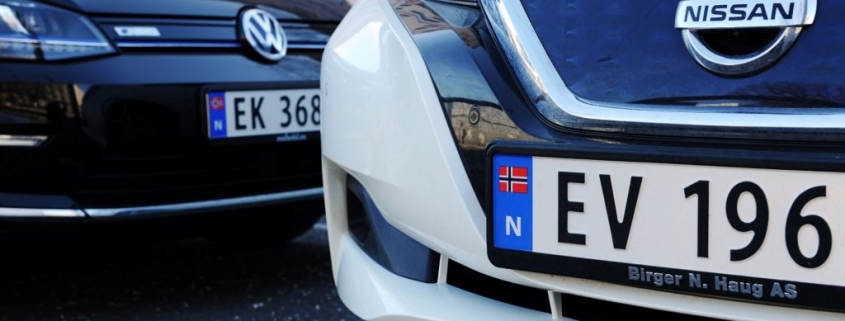More Than Half of Norway’s Vehicles in 2020 Were EVs
EVs are on their way to replacing gas-powered vehicles in the U.S. Mainstream carmakers like Volkswagen are pledging to replace their entire line with EVs shortly. Elsewhere, Tesla is banking on providing nothing but EVs and opening up its charging network to other automakers’ EVs. The move is intended to beef up the already growing network in the next few years. Tesla is even considering adding fast-food restaurants to their charging network. However, even with all this innovation, the U.S. is lagging behind the rest of the world. For instance, more than 50% of all vehicles in Norway are EVs. In the U.S., that number is only rated at 2.5%.
The U.S. is making changes
The Biden administration has set the target year of 2030 for EV sales to reach more than 50% of all new vehicle sales. The administration has also set tougher emissions regulations to help push this agenda forward. The hope is that by making the emissions targets tougher to hit, carmakers will begin, in earnest, to make the change to EVs.
Most of the big Detroit automakers are on board. General Motors (GM) has announced that they intend to be all-electric by 2025, and Stellantis and Ford have promised 40% of their vehicles to be EVs by 2030. Some of the pushback from the automakers is that EVs are simply not making money. Some of this has to do with consumer apprehension. For example, consumers are concerned that they won’t be able to find fueling stations or have to wait hours for their vehicle to charge if they are driving long distances.
There is progress being made to address those concerns. Automakers are working on a power-sharing system that allows EVs to share power to help stranded motorists. Another option is a portable charger that can be carried in the vehicle to top off the vehicle in case of an emergency.
Norway is making a lot of progress on EVs
According to Forbes, EVs account for more than 50% of registered vehicles in Norway. Norway is a modest country concerning technological advances, so how did this happen? How are they currently beating other countries in the race to go all-electric? The answer is straightforward. They started at the top with a network of buses, trains, and trams. These are popular modes of transport along with electric bikes.
Government policies were also key. Norway lowered taxes on EVs, making them cheaper to own than non-EV vehicles. Additionally, the taxes for owning a vehicle that isn’t an EV is higher. Think of it as a pollution tax. EVs are also cheaper than traditional cars in Norway. The Nissan Leaf is a bestseller in Norway and is more affordable than a traditional vehicle due to taxes.
Other countries are following suit
In December of 2020, cumulative global sales of EVs surpassed 10 million units. The Netherlands and Sweden are closing in on Norway, with Sweden at 32% and the Netherlands at 24%. Germany is doing well at 13%, and there are several initiatives by German carmakers, such as Volkswagen, who have committed to being exclusively EV by 2035 in Europe.
The EV revolution is no longer a blip on the radar. It is a fully armored battleship that is taking the globe by storm. The entire world is on board now, and companies and countries are committed to making vehicles environmentally friendly. Hopefully, we can look to replacing many outdated power solutions with green alternatives.
RELATED: Tesla Cybertruck Might Be ‘Getting’ More Unnecessary Features
The post More Than Half of Norway’s Vehicles in 2020 Were EVs appeared first on MotorBiscuit.







